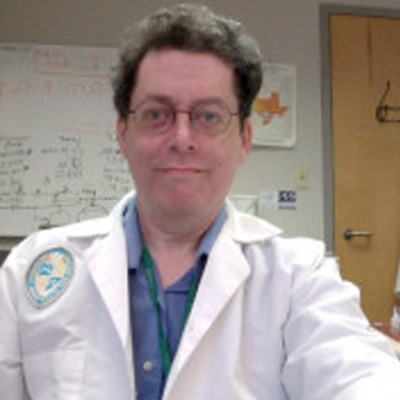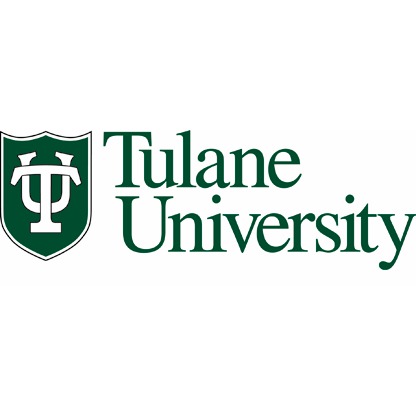Unraveling the complex telomere system
The DNA of an organism is distributed among multiple coordinated structures called chromosomes and are the road map to the composition of the genetic information for living organisms. It turns out that at the end of each chromosome are telomeres (from the latin “ends”), tiny tools that protect our chromosomes from self-obliteration while being able to turn off the expression of genes. Therefore telomeres are a part of an elaborate mechanism involving not only proteins specific to the telomere but proteins specific to DNA damage. Using yeast as a model system, Dr. Arthur Lustig, Professor of Biochemistry and Molecular Biology at Tulane University, investigates the processes that act at the telomere. Dr. Lustig’s research is helping to elucidate the pathways and processes in molecular systems that regulate telomere function in an effort to understand the disease state. For instance, his basic research with yeast has helped identify pathways present in human cells that were previously unknown to cause cancer. In this way, the impact of Dr. Lustig’s work is the discovery of new and unusual pathways for the protection of the chromosome.
Unique to Dr. Lustig is his use of a model system, budding yeast, that has been extensively characterized with mutations present in most genes as a primary tool to ask basic questions. By asking novel questions with curiosity driven research, he and his team have sought out answers by isolating some of the mutations in the process and making sense of the probable mechanisms through the behavior of yeast using molecular tools. With the strong believe that basic science is necessary to lead to translational research endeavours, Dr. Lustig’s research is a driving force in the fundamental molecular biology. With his past results proving that there are “gems that come out of basic research,” he and his team hope to continue to support discoveries that will lead to translational feats in medicine.
Current research includes:
-
Heredity and Telomeres: Dr. Lustig and his team are working to determine the atypical means of heredity in which the the structure of telomeres at any end of a chromosome appear to favor the pre-existing telomeres using specific mutants of a yeast DNA repair and telomere protein. As a consequence, traits are segregated asymmetrically using cellular factors other than those encoded by the DNA. His research may be an important step towards identifying what goes wrong in certain types of cancer, and therefore may help to prevent the onset of those cancers.
-
The Logic of the System: Dr. Lustig and his team hope to uncover the underpinnings of the biological system that enables telomeres to work. Contrary to current understandings of the roles of telomeres, Dr. Lustig believes, that telomere systems may be far more complicated than ever expected.
- Studying Proteins: By studying conserved regions on chromosomes, Dr. Lustig and his team have identified regions that have proteins that do not freely exchange as expected by Mendelian genetics. Dr. Lustig hopes to continue to identify these proteins and learn more about the complexities of telomeres in the process.
Bio
Dr. Arthur Lustig has been interested in the sciences his entire life. In fact, in junior high, he wrote an essay on relativity for a competition. The company he wrote the essay for was so impressed that they continued to track him as he pursued his studies all the way through high school. While he was initially most interested in astrophysics, he eventually switched to biology believing he could study areas of science that scientists hardly knew anything about.
After completing his Ph.D. at the University of Chicago in Molecular Genetics, Dr. Lustig’s postdoctoral fellowships gave him the choice between studying RNA splicing or a less understood area of biology, telomere function. Choosing telomeres, Dr. Lustig hopes to be able to develop insights into an area of science that we know little about. As a scientist, he never considered any other means of understanding a process outside of research in the basic sciences. While his contributions to fundamental research have been impressive, his research is also elucidating the needs of disease states in relation to telomeres.
Dr. Lustig jokes that part of being a scientists means he is “prohibited from hobbies.” However, in his free time, he does find time to play with computers and new programs. Additionally, he enjoys reading science fiction and playing tennis.


